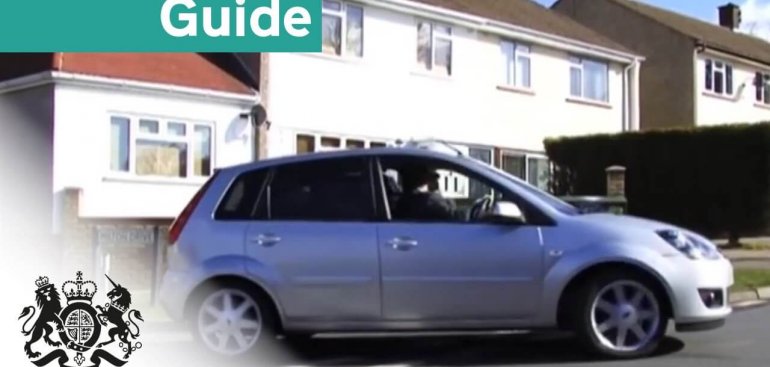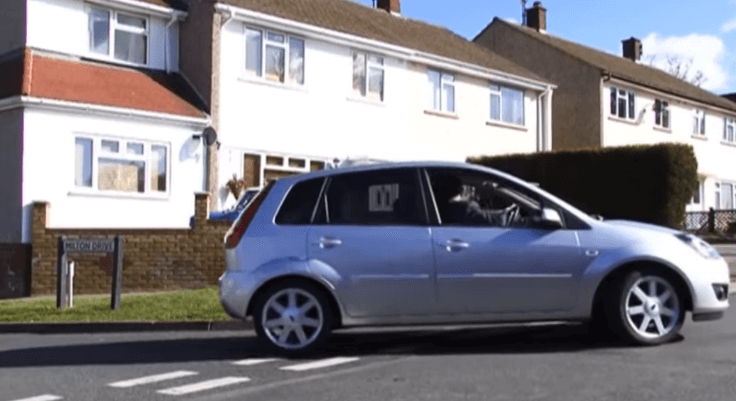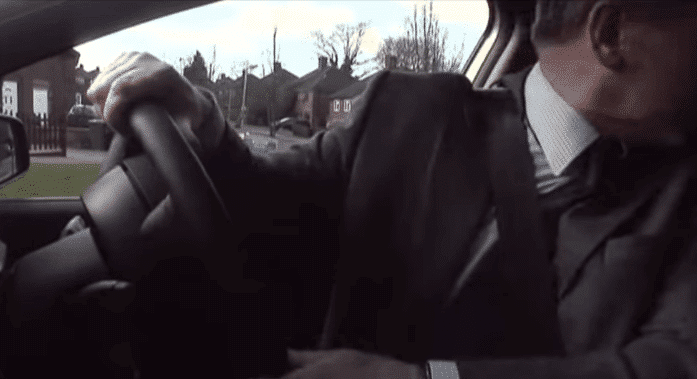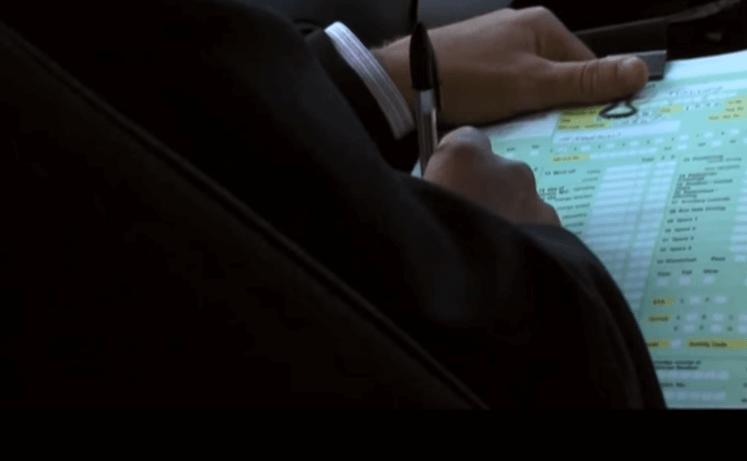Last week we dissect the ADI part 1 section of the test, so now it’s time to look at the ADI part 2, the official DVSA guide to your driving ability test. Study the information provided and comment if you have any questions.
It is important that you arrive at the test center with all the relevant documentation. We suggest that you are nice and early to help alleviate any tension you might be feeling before the test.
As you walk out of the test centre the examiner will ask you to identify your vehicle and read the number plate so that they can test your eyesight.
The eyesight test for your ADI exam is at a considerably longer distant to that of an L test at approximately 27.5 metres.
Next comes the show me tell me questions which are in combinations of 5 and consist of questions inside and outside your vehicle.
This part of the test gives you the opportunity to demonstration your knowledge verbally of mechanical and motoring matters. Your driving instructor training should have prepared you well in advance for this part of the test.
ADI Examiner John Sheridan explains:
“Well, when you get into the car there will be all sorts of thing whizzing through your mind. All those purley words of wisdom that your trainer has been feeding to you over previous months and I would suggest that it is extremely important that you listen to the examiner is saying to you in the initial brief.”
He also goes on to say:
“I am expecting the candidate to show excellent perception and awareness skills, so we are looking at good forward planning, I am looking to see that the candidate is forward planning is such a way that they are anticipating any potential danger and reacting appropriately and accordingly and that also incompasses the application of the mspsl routine. If I was to give you any advice it would be to approach it confidently, it is about you being given that opportunity to demonstrate that you can drive safely for a longer period of time.”
Before you need to perform the emergency stop procedure your examiner will give you a clear idea of what you need to expect.
When your ADI examiner gives you the signal it is important that you act quickly and safely and keep the car under full control.
For the left reverse maneuver your car should be pulled up on the road before your examiner requests for you to reverses into.
This is so you can prepare yourself of the maneuver
When you carry out the maneuver you need to demonstrate good coordination of control skills, excellent observation skills and also demonstrate that you can complete the maneuver accurately.
For the right reverse, the same skills are necessary but the position of the vehicle will be different from that of the left reverse.
This means your observations skills need to be considerably sharper.
The turn in the road is a maneuver that is carried out very regularly. You will need to complete the maneuver as quickly and safely as possible and at all times remain aware of any pedestrians or any vehicle activity within the area.
When you carry out the maneuver you need to demonstrate good coordination of control skills, excellent observation skills and also demonstrate that you can complete the maneuver accurately.
For the right reverse the same skills are necessary but the position of the vehicle will be different from that of the left reverse.
This means your observations skills need to be considerably sharper.
The turn in the road is a maneuver that is carried out very regularly. You will need to complete the maneuver as quickly and safely as possible and at all times remain aware of any pedestrians or any vehicle activity within the area.
The most common reasons for failure on part 2 are observational weaknesses on the maneuver. Poor planning skills on the approach to hazards and not applying the MSPSL routine correctly on an approach to a hazard.
You are only able to commit a maximum of 6 driver faults to pass. Obviously, the fewer faults you commit the better, any serious or dangerous faults will also result in a failure.
You will then have the opportunity for a debriefing on any of the faults you have committed during the drive, you may consider inviting your trainer to listen in.
John Sheridan final thoughts are:
“If you prepare adequately with your trainer, get enough practice in, listen to what’s been said and put that theory into practice there is no reason why you should fail.”
Once you have passed part 1 and part 2, you can apply for a trainee licence to help you gain experience instructing pupils to drive.
This license allows you be legally paid for giving driving instructions. The trainee license last 6 months.
Below is the full video:











